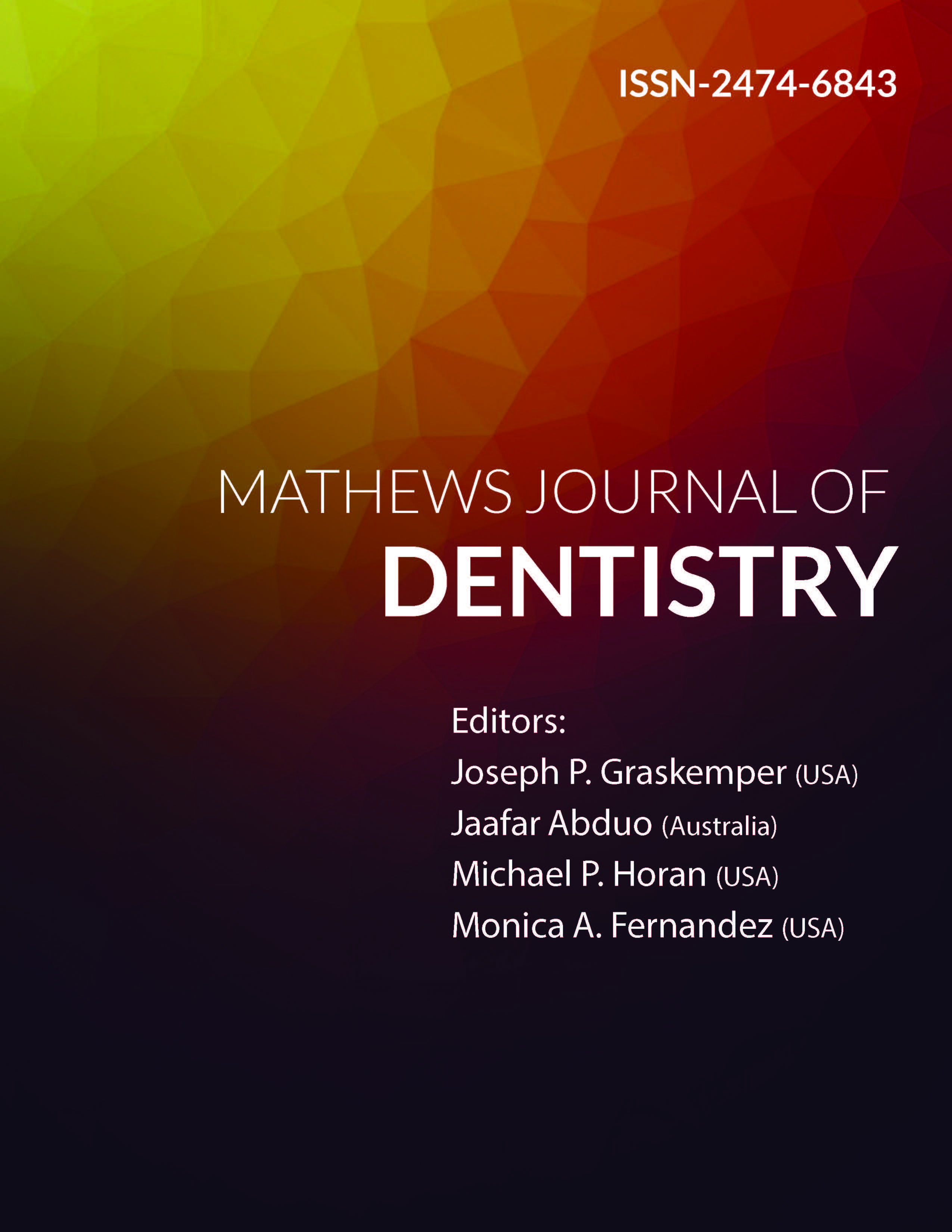
Information Links
Previous Issues Volume 3, Issue 2 - 2018
Mesenchymal Stem Cells and Osteogenic Differentiation
Michel Goldberg*
Professor Emeritus, Faculty of Fundamental and Biomedical Sciences of the Saints Peres. Rene Descartes University, Paris Cite & INSERM UMR-S 1124. 45 rue des Saints Fathers Paris.
Corresponding Author: Michel Goldberg, Professor Emeritus, Faculty of Fundamental and Biomedical Sciences of the Saints Peres. Rene Descartes University, Paris Cite & INSERM UMR-S 1124. 45 rue des Saints Fathers Paris, E-Mail: [email protected]
Received Date: 09 Nov 2018
Accepted Date: 13 Nov 2018
Published Date: 14 Nov 2018
Copyright © 2018 Goldberg M
Citation: Goldberg M. (2018). Mesenchymal Stem Cells and Osteogenic Differentiation. Mathews J Dentistry. 3(2): 025.
ABSTRACT
The osteogenic differentiation of mesenchymal stem cells consists 1: in an early peak regulating the number of cells, 2: transcription and protein expression of alkaline phosphatase, 3: this is followed by high expression of osteocalcin and osteopontin. Perivascular mesenchymal stem cells and macrophages form niches that harbor dormant and self-renewing HSCs. Bone regeneration is obtained by culture-expanded human mesenchymal stem cells: osteogenic, chondrogenic, adipogenic and mature marrow stromal lineages. Two distinct niches supporting HSCs were identified: the osteoblastic and the vascular niches. They produce daughter cells. Asymmetric division means that they divide into 2 daughter cells; one daughter cell remaining in the niche as a stem cell, while the other leaves the niche to produce a large number of progeny. Symmetric division implies that stem cells divide into 2 identical daughter cells. Recent studies suggested a perivascular nature of the MSC niche, isolated from all tissue types tested. Localization of CD45-/CD31-/Sca-1+/Thy-1+ cells was found, using the markers Stro-1 and CD146, lining blood vessels in human bone marrow and dental pulp. The cells also expressed aSMA and 3G5, a pericyte associated cell-surface marker. The gene expression profiles of Oct4 and Nanog, Runx2, collagen type I, and bone sialoprotein demonstrate that the cells differentiated into osteoblasts and lost their self-renewal capability, as there was no expression of Oct4 and Nanog in the differentiated cells and in the ALP-enriched population, despite the expression of osteoblasts-related genes was enhanced.
KEYWORDS
Osteogenic Differentiation; Osteoblastic and Vascular Niches; a-Smooth Muscle Actin; Immunohistochemical Localization of CD45-/CD31-/Sca-1+/Thy-1+ cells.